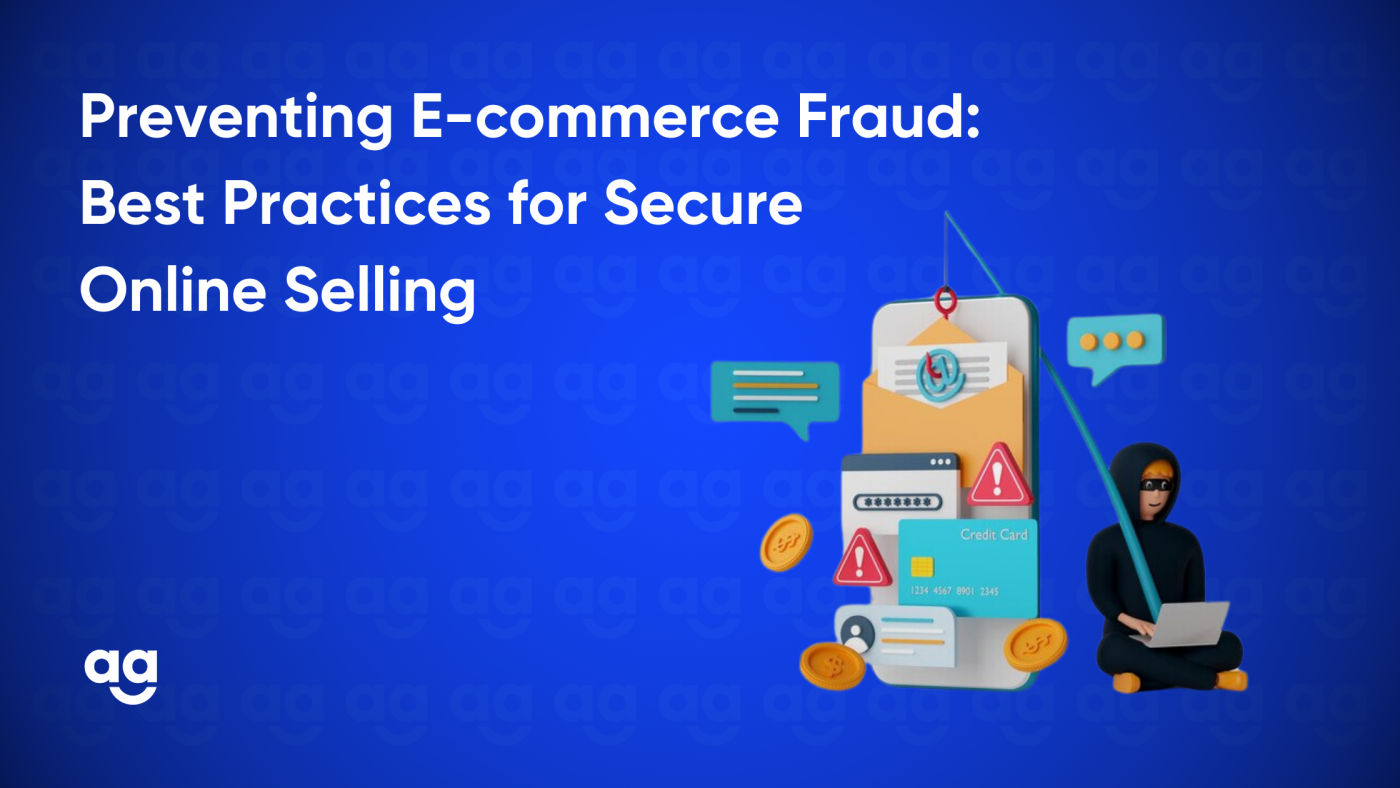Introduction
E-commerce fraud is growing and costing millions of dollars a year as online sales surge.
It reached $41 million in 2022, with worldwide losses amounting to 2.9% of total sales. This undermines consumer trust in addition to endangering enterprises.
E-commerce companies must give fraud prevention strategies top priority in order to prevent this. It necessitates a planned response that includes putting sophisticated security mechanisms into place, closely observing transactions, and keeping up with new fraud strategies.
Continue reading as we examine some of the best tactics and guidelines in this guide to stop online transactions and e-commerce fraud.
E-commerce Fraud: What Is It?
E-commerce fraud is the illicit use of financial or personal information for the purpose of defrauding companies and clients. It jeopardizes security, trust, and general corporate productivity.
Beyond just monetary losses, the effects also damage e-commerce platforms’ reputations.
An interesting instance of the serious consequences caused by cyberattacks is a popular data breach that occurred at eBay in 2014. This breach caused serious harm to eBay’s reputation in addition to financial losses for the affected parties.
Different Types of E-Commerce Fraud
Key forms of e-commerce fraud include:
Phishing:
Phishing is mostly delivered through malicious emails or text messages, tricking users into divulging payment details.
Malware:
This is the act of putting malicious software on a client’s computer in order to facilitate data theft or unauthorized access.
Data scraping:
This refers to the illegal gathering of private data from websites, endangering the security and privacy of users.
Refund fraud:
Fraudsters pose as customers to request refunds for nonexistent purchases using fake order details or stolen account information.
Account Takeover (ATO):
Hackers gain unauthorized access to user accounts, exploiting them for fraudulent transactions.
Best Practices for E-Commerce Fraud Prevention
Here are the top e-commerce fraud prevention strategies that can help safeguard your business:
1. Make Use of Safe Payment Gateways
During transactions, choose trustworthy payment gateways that include capabilities for preventing fraud, such as encryption, to protect critical client information. Having this additional security measure in place is essential to earning your consumers’ trust.
2. Put Robust Authentication into Practice
To improve account security, be sure to encourage users to use strong, one-of-a-kind passwords.
A further layer of protection can be added by implementing multi-factor authentication, such as one-time passwords (OTPs), which makes it more difficult for unauthorized users to gain access.
3. Monitor Transactions and User Behavior
Keep a close check on user behavior and transaction patterns.
Finding irregularities, such as several orders placed from the same IP address or abnormally large transactions, can aid in the early detection of possible fraudulent activity and enable prompt intervention and avoidance.
4. Establish Fraud Detection Rules and Filters
Set up rules and filters to block doubtful transactions. Keep a keen eye on transactions from high-risk locations or orders with mismatched billing and shipping addresses.
5. Leverage Address and Card Verification Systems
Use address verification services and value checks for cards to confirm that the billing addresses and card information that clients have provided are real. This gives each transaction an additional degree of validation by guaranteeing the legitimacy of the billing addresses and card information supplied by customers.
6. Keep up with System and Software Updates
Keep your security software and e-commerce platform up-to-date to guard against new threats.
Furthermore, keep up with industry standards and security best practices to improve the overall security posture of your systems. This proactive strategy guarantees that your e-commerce platform will continue to be strong against the most recent vulnerabilities.
7. Secure and Encrypt Client Information
Encrypt sensitive client data that is kept in your database and restrict access to authorized staff exclusively by using strong security measures. By doing this, you may erect a strong wall around consumer data, guarding against any breaches and illegal access.
8. Interact with Organizations and Industry Peers
To improve your fraud protection efforts together, promote communication with industry peers and trade associations to share knowledge on e-commerce fraud trends and best practices.
Conclusion
Maintaining the trust of your customers and your revenue streams, both depend on protecting your e-commerce firm from fraud.
To guarantee the complete protection of your online store, make sure you adhere to the previously mentioned tactics.
If you want professional guidance on shipping and e-commerce fraud protection solutions, team up with Shipyaari. With us, you get reliable support, advanced logistics, and solutions tailored to your needs.
Wondering how to get started? Try Shipyaari for free today!







 Shipping
Shipping







